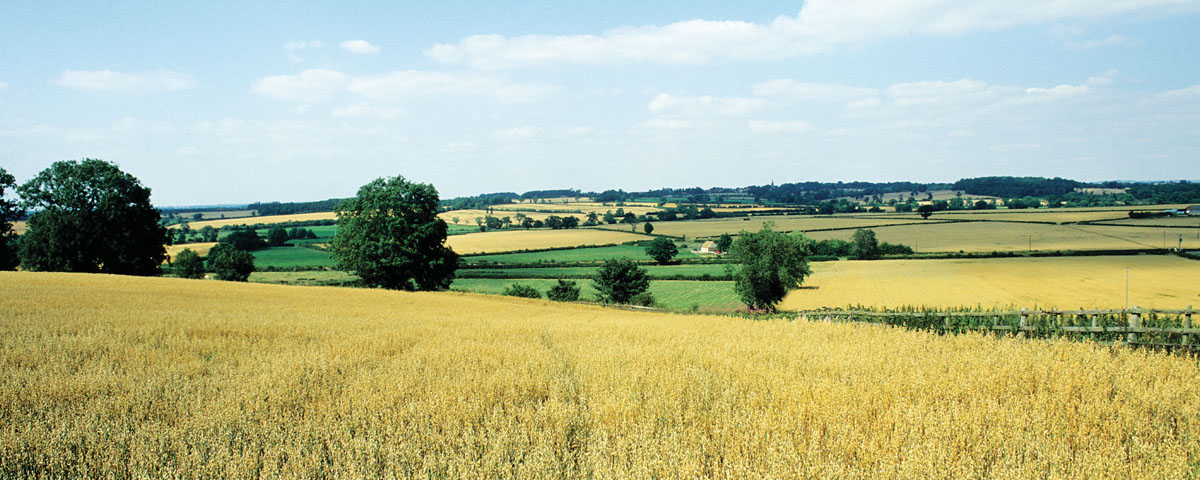When Henry Tudor, Lancastrian claimant to the throne of England, landed with an army in southwest Wales, on Aug. 7, 1485, it was no surprise. Richard III had kept a close eye on his preeminent challenger ever since Tudor had fled to exile in France following the decisive Yorkist victory at Tewkesbury in 1471—a victory that had seemed to all but settle the long-raging Wars of the Roses.
Wales, Henry’s birth country, was a suitable landing site for the 28-year-old son of a Welsh knight. He stepped ashore at Milford Haven’s secluded Mill Bay with a patchwork army of several thousand English and Welsh exiles, Scottish soldiers and French mercenaries, the latter described by contemporary French writer Philippe de Commynes as some of “the most unruly men in Normandy.” Their numbers swelled as they marched through the Welsh countryside, Henry benefitting from a series of crucial defections to the Lancastrian side.
Richard was also marshaling his forces. Choosing Leicester as a rallying point, he sent the English army to meet those of his allies the Earls of Norfolk and Northumberland. A fourth Yorkist contingent, led by Thomas Stanley, Earl of Derby, was expected to join the king’s cause, but Lord Stanley was far from a sure thing. A shrewd political operator, he’d curried royal favor through the reigns of three kings yet had recently become Henry’s stepfather. To encourage the mercurial earl to remain Yorkist in his loyalties, Richard had Stanley’s son George, Lord Strange, taken hostage.
The king wasn’t being paranoid. As Tudor’s army crossed into England, it slowed to acquire as many recruits as possible—and to allow Stanley and Tudor to meet twice in secret.
The armies met on August 22. Richard had deployed his main force atop Ambion Hill, just west of the present-day village of Sutton Cheney in Leicestershire. The king held the summit with 3,000 infantrymen. Northumberland guarded his left flank with 4,000 mounted men, while Norfolk’s vanguard of 3,000 foot soldiers held the right, forming a wall of spears around Richard’s cannons and archers. To the south atop Dadlington Hill waited Stanley’s army of 5,000.
As Henry’s 5,000-plus men approached Ambion Hill, the inexperienced Tudor wisely handed over command to renowned war veteran John de Vere, 13th Earl of Oxford, and then retired to the rear with his bodyguards.
After struggling through a rain of arrows and cannon fire, Oxford’s force charged Richard’s vanguard en masse, the better to offset the Yorkists’ numerical advantage. Seeing Norfolk’s men reeling, Richard signaled Northumberland to ride to their relief. For reasons that remain murky, Northumberland’s horsemen failed to execute the command.
Meanwhile, Richard had sent Stanley a royal ultimatum: Charge the Tudor troops, or your son will be executed. “Sire, I have other sons,” Stanley reportedly replied. Incensed, Richard ordered Strange’s execution, but the king’s officers demurred, advising him to wait until after the battle.
Perhaps sensing his advantage slipping and suffering from a reported lack of sleep on the eve of battle, Richard resorted to a Hail Mary maneuver. Spotting Henry at the rear of his army, the Yorkist king and a cadre of trusted fighters circled around the melee and crashed into the challenger’s retinue. Reckless though Richard’s charge might have been, reports indicate it caught Henry’s rear guard unaware. Were it not for a body of stalwart pikemen, who managed to slow Richard’s assault, English history might be much changed.
At that critical juncture Stanley sent in his men. Slicing into Richard’s force, they pushed back the king, placing Henry out of danger. The last moments of Richard III’s reign—and life—arrived when his horse lost its footing. According to Polydore Vergil, Tudor’s official historian, “King Richard, alone, was killed fighting manfully in the thickest press of his enemies.” In the aftermath Tudor was crowned Henry VII, while Richard’s scarred body was publicly exhibited and then consigned to a simple grave.
Historians had long placed the site of Richard’s last stand at the foot of Ambion Hill, marked by a present-day visitor center [bosworthbattlefield.org.uk]. But in 2009, after a five-year research project, the nonprofit Battlefields Trust [battlefieldstrust.com] found key artifacts proving the clash ended about a mile farther southwest. In 2012 archaeologists surveying a Leicester parking lot unearthed the skeletal remains of a man with distinctive curvature to his spine and multiple battle wounds. DNA testing confirmed the remains as those of Richard III. He was reinterred in Leicester Cathedral in 2015. On the site where Shakespeare’s crookbacked villain was exhumed stands the multimedia King Richard III Visitor Center [kriii.com], with exhibits about the Wars of the Roses and the birth of the Tudor dynasty, which ruled England for more than a century. MH

